Researchers at Università Cattolica, Brescia campus, have discovered that the transition from insulating to conductive behavior in certain materials is driven by topological defects in the structure.
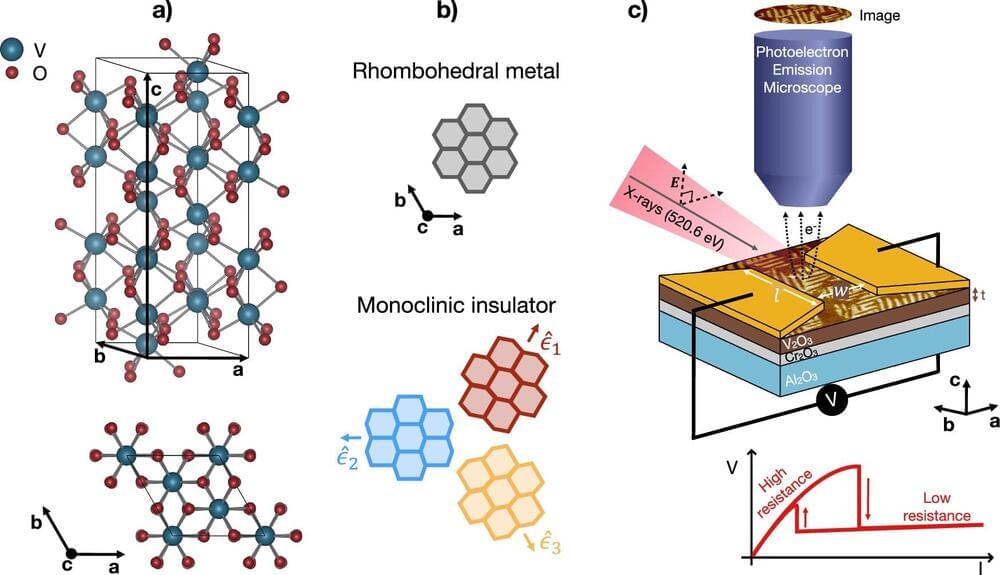

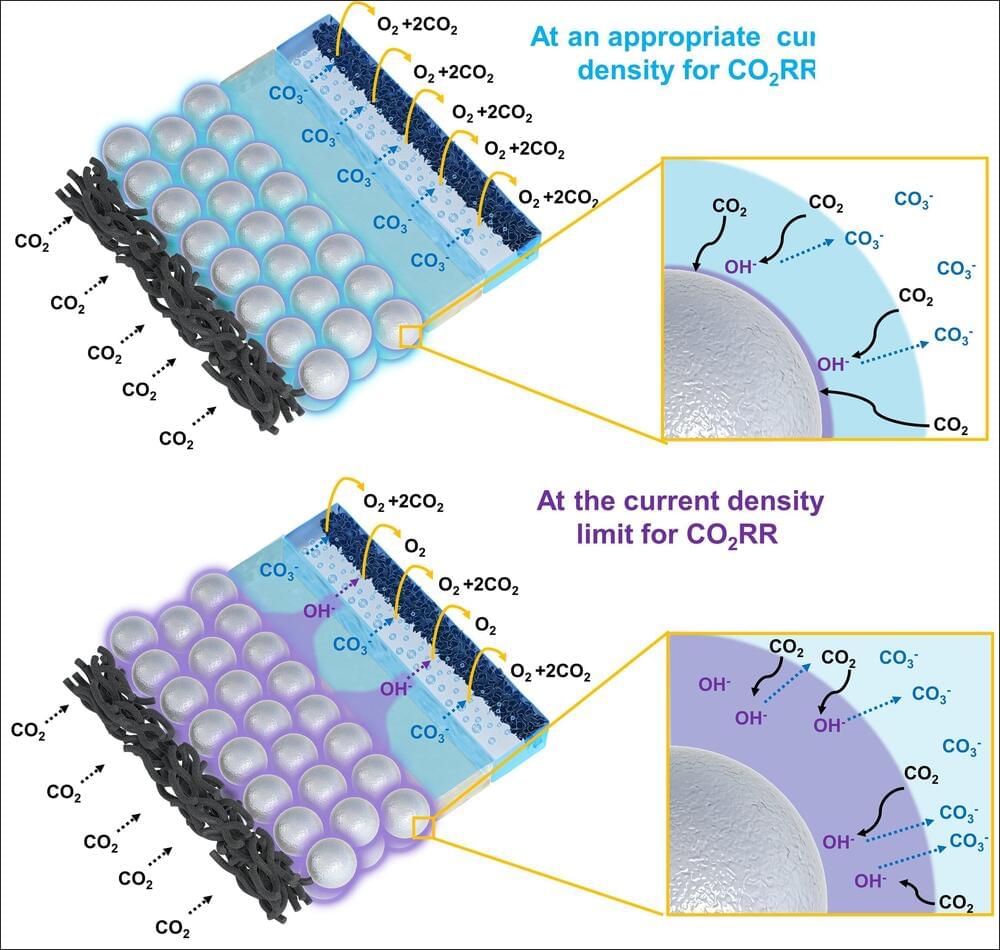
A research team led by Dr. Hyung-Suk Oh and Dr. Woong Hee Lee at the Clean Energy Research Center at Korea Institute of Science and Technology (KIST) has developed a silver-silica composite catalyst capable of reversible local pH control through a silica-hydroxide cycle, inspired by Earth’s natural cycles.
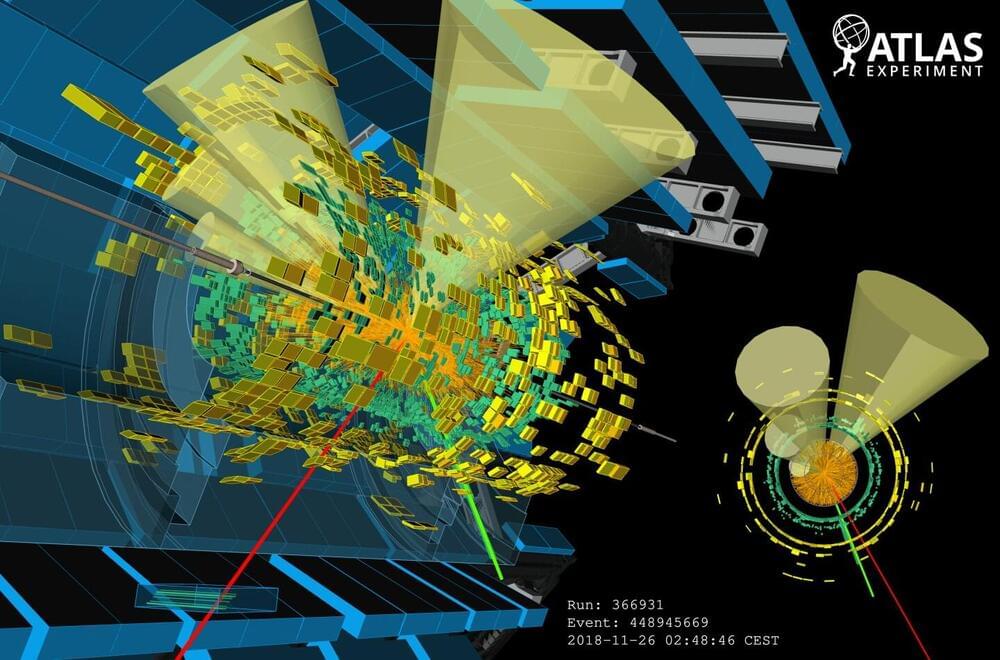

Readers are unable to reliably differentiate AI-generated from human-written poetry and are more likely to prefer AI poems, according to new research published in Scientific Reports. This tendency to rate AI poetry positively may be due to readers mistaking the complexity of human-written verse for incoherence created by AI and an underestimation of how human-like generative AI can appear.
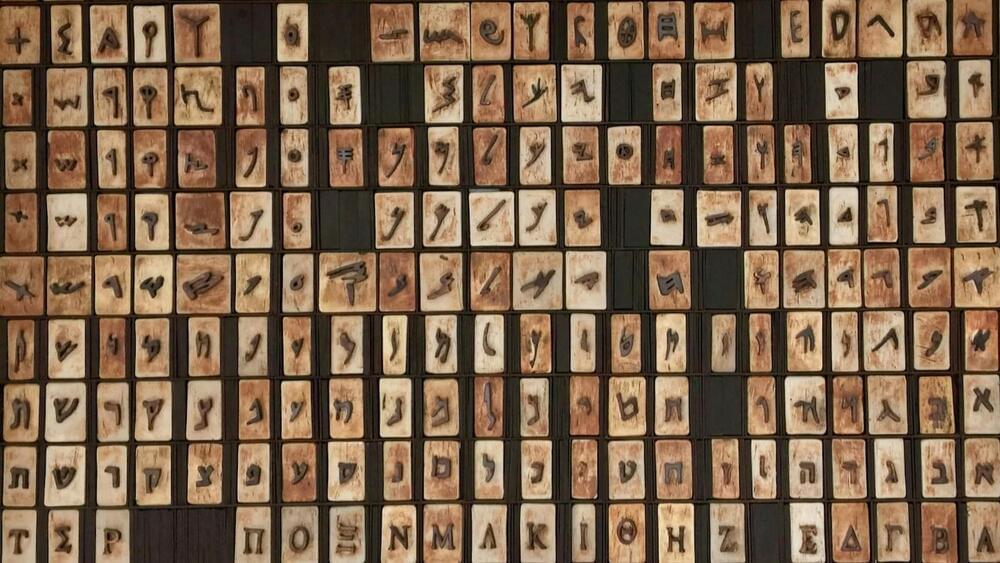
Fortunately, linguists have developed sophisticated tools using information theory to interpret unknown languages.
Just as archaeologists piece together ancient languages from fragments, we use patterns in AI conversations to understand their linguistic structure. Sometimes we find surprising similarities to human languages, and other times we discover entirely novel ways of communication.
These tools help us peek into the “black box” of AI communication, revealing how AI agents develop their own unique ways of sharing information.
Africa’s Pulse is a biannual publication containing an analysis of the near-term macroeconomic outlook for the region. Each issue also includes a section focusing upon a topic that represents a particular development challenge for the continent.


Neuron al behavior can be controlled by probing and modulating subcellular regions of the cells; however, developing an interface that can morph into the extreme curvatures of neurites is a major challenge. Here, the authors develop a wireless platform made of an azobenzene polymer that undergoes on-demand light-induced folding with an ultra-low curvature radius and wraps various morphologies of neuronal processes in vitro.

Live Appearances: Worcester & Newark!
Expand your universe with astrophysicist, professor and New York Times best-selling author Neil deGrasse Tyson. In this thought-provoking talk, he’ll discuss the anatomy of science and the scientific process. What exactly is science? How does it work? And why is it so effective at explaining the confusing world around us? Learn how science can help humanity answer our most pressing questions — and why the future of our species depends on it.
NJPAC’s Conversations Series is graciously supported by the Blanche and Irving Laurie Foundation.
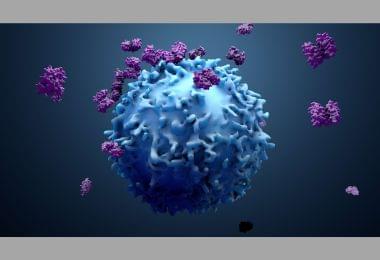
A new drug strategy that regulates the tumor immune microenvironment may transform a tumor that resists immunotherapy into a susceptible one, according to a study by researchers from the Johns Hopkins Kimmel Cancer Center and Oregon Health & Science University.
The immune microenvironment around a pancreatic tumor has suppressed immune activity, allowing the tumor to evade attacks by the immune system. The cancer evades the immune system by attracting suppressive cells into the tumor, which limits access of tumor-killing T cells. Because of that so-called immune desert environment, pancreatic ductal adenocarcinoma (PDA), the most common type of pancreatic cancer, has been resistant to immune-based therapies that have successfully treated a variety of other cancers, including melanoma and lung cancer.
In a phase 2 clinical trial, a research team led by Nilofer Azad, M.D., professor of oncology and co-leader of the Kimmel Cancer Center’s Cancer Genetics and Epigenetics Program, and Marina Baretti, M.D., the Jiasheng Chair in Hepato-Biliary Cancer at the Kimmel Cancer Center, tested the safety and efficacy of the combination of two drugs: an immunotherapy, nivolumab, and an epigenetic drug, entinostat — a histone deacetylase inhibitor (HDACi). The combination was studied in a group of 27 patients with advanced PDA who had previously been treated with chemotherapy.